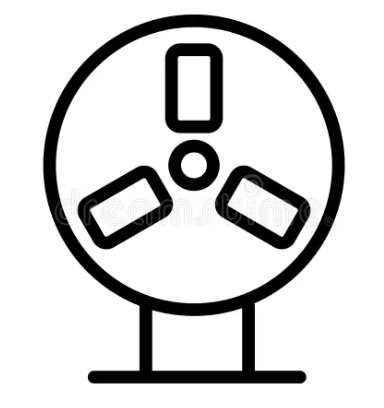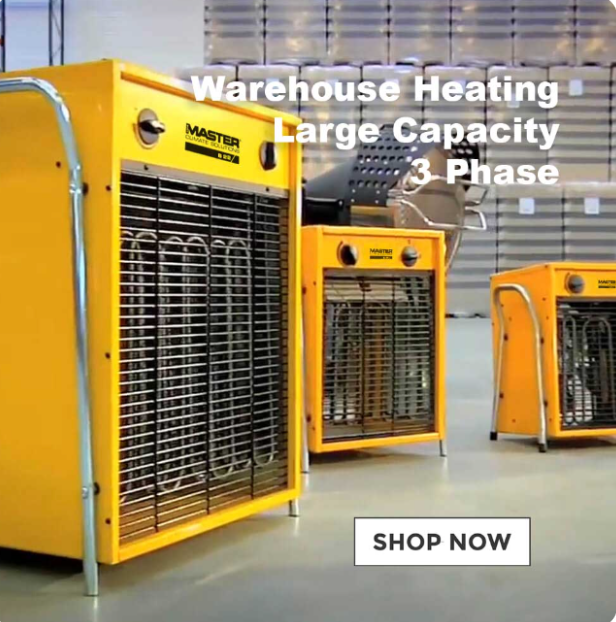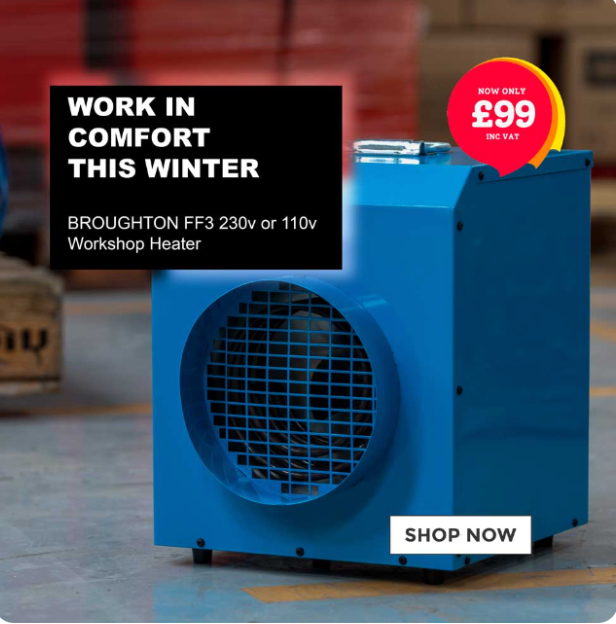Understanding power output in air purifiers helps in choosing a model that fits both space size and air quality needs. Higher power output delivers stronger airflow, enabling the purifier to clean more air per hour, which is particularly effective in large rooms.
Lower power output, however, can lead to slower air filtration, making it less ideal for spaces with heavy pollutant levels. While a high power setting speeds up the capture of airborne contaminants, it may also increase noise, which can be a factor in quiet environments.
Some air purifiers offer adjustable power settings, allowing users to balance energy efficiency with effective air cleaning based on specific room and air quality conditions.











